Hidden Gems of Game Design: Volume 6
Our team is back with another set of games that deserve more attention than they get
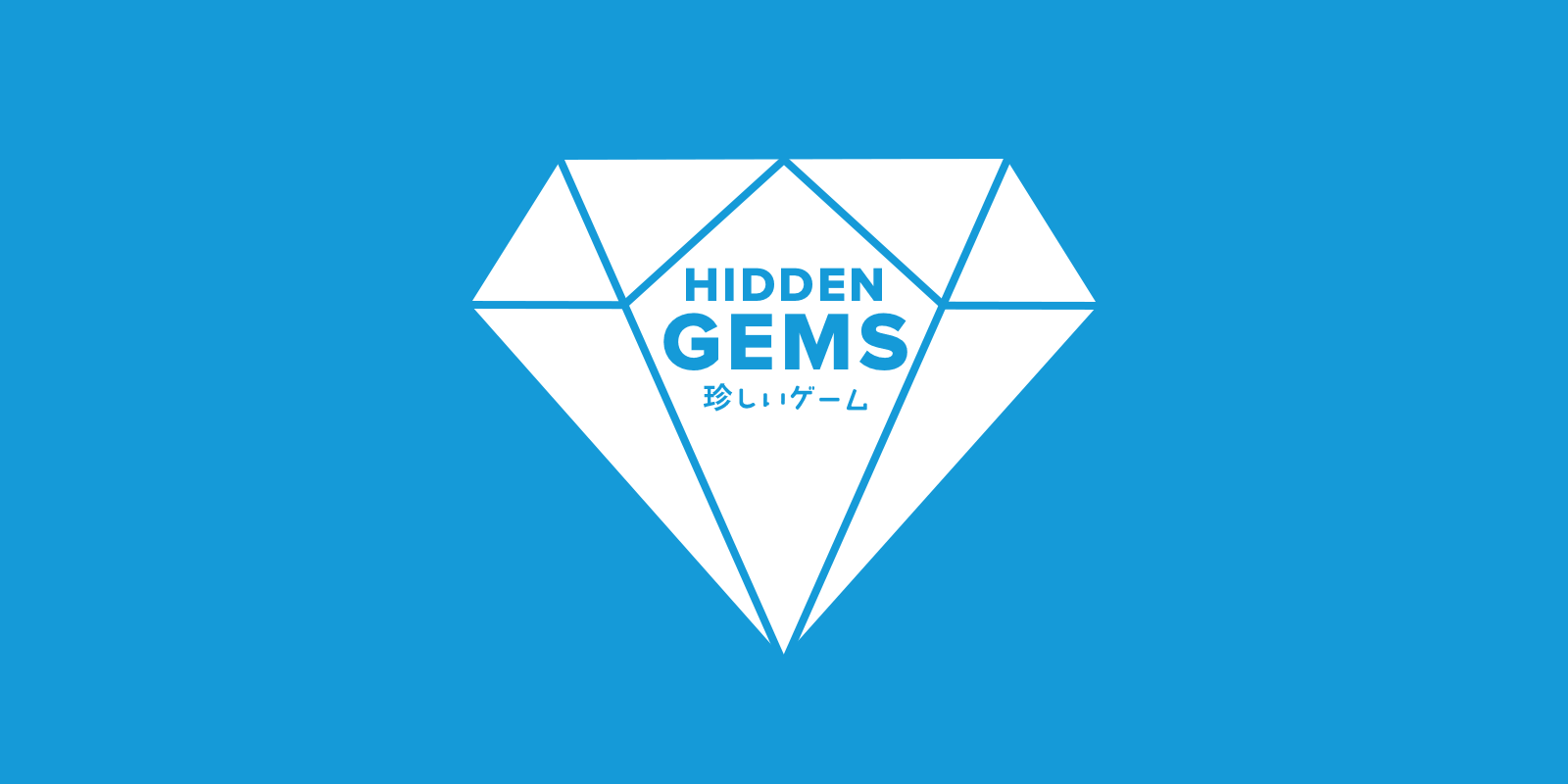
There are plenty of amazing games that go unnoticed and are not widely played for one reason or another. Maybe it's a diamond in the rough, or the marketing wasn't there, or it could be a game ahead of its time. For this monthly series, I've asked my fellow writers on SUPERJUMP to pick a game they think is deserving of a chance in the spotlight. Let us know your favorite hidden gems in the comments.
Josh Bycer
Quantum Protocol (2020)
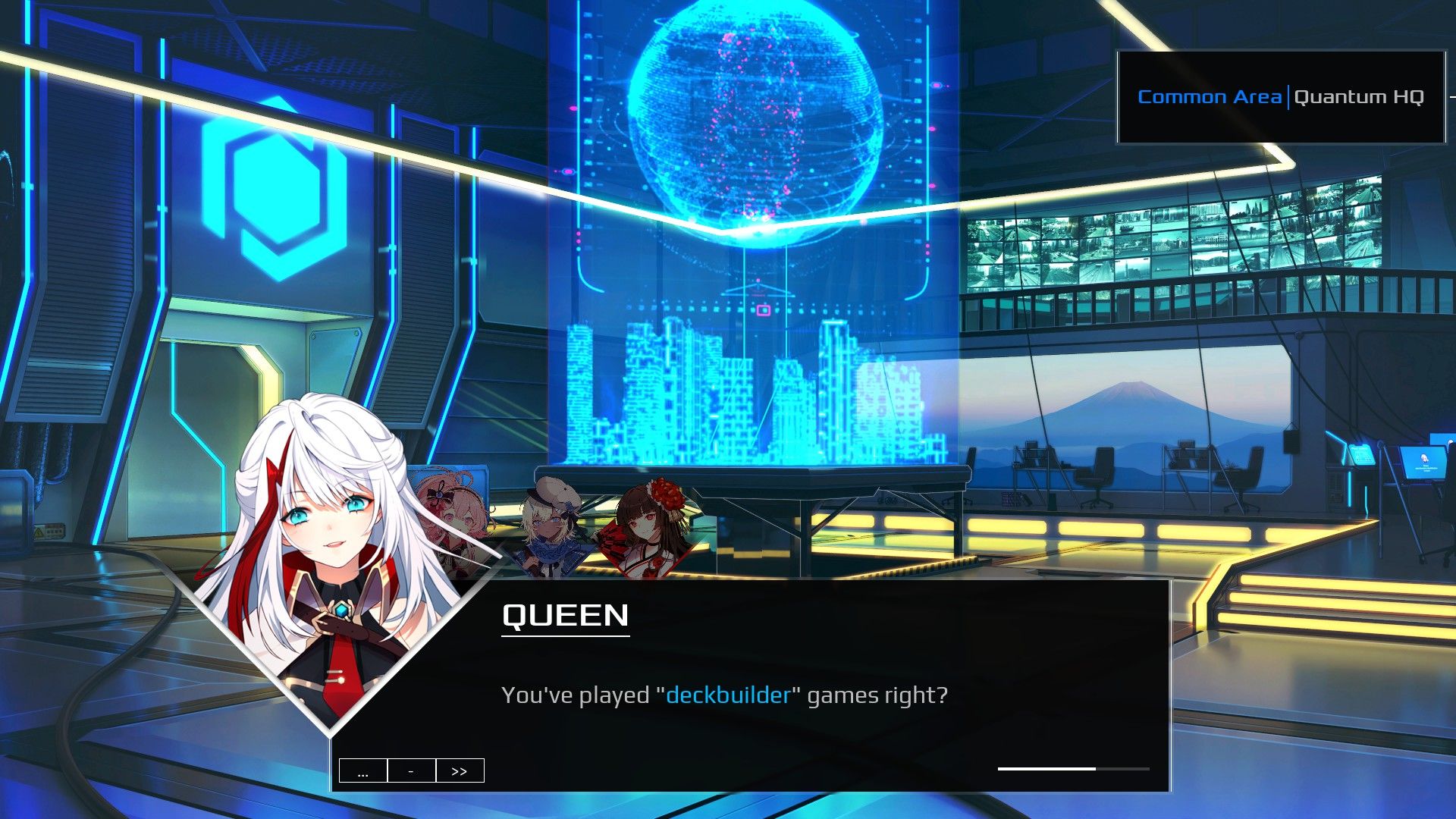
The deck builder genre, thanks to Slay the Spire, has spawned numerous contenders and interesting designs, many of which will be future entries for me here. For this month, I want to talk about one of the most interesting deck-building roguelikes that I’m sure none of you reading this have even heard of.
Quantum Protocol is a visual novel deck-building roguelike which is one heck of a descriptor right there. You play as a mysterious group of hackers in a futuristic world. Something is going on under the surface and in order to figure things out, this group will have to uncover a massive conspiracy. The major areas they need to hack take the form of an RPG dungeon, which is how they describe it in-game. Each hacker is their own unique character with a story about the challenges of their life, and you’ll unlock more characters and storylines as you progress.
The deck building is where you will either fall in love with the game or leave quickly. Each character has their own unique deck and rules for their cards. Every time you play a card on your side of the field, time advances one turn. Enemy cards will perform their actions after a set period of time, and you will be allowed to draw a card when the counter reaches 0. Every card drawn this way also resets your cards on the board – allowing them to attack again if they have an attack stat. By hitting the arrow on the left-hand side of a row, you can execute every card in that row (allowing it to attack another time before a turn reset) at the cost of sending it to the trash. If you do not attack the enemy after a certain number of turns, you will be penalized by losing some health.
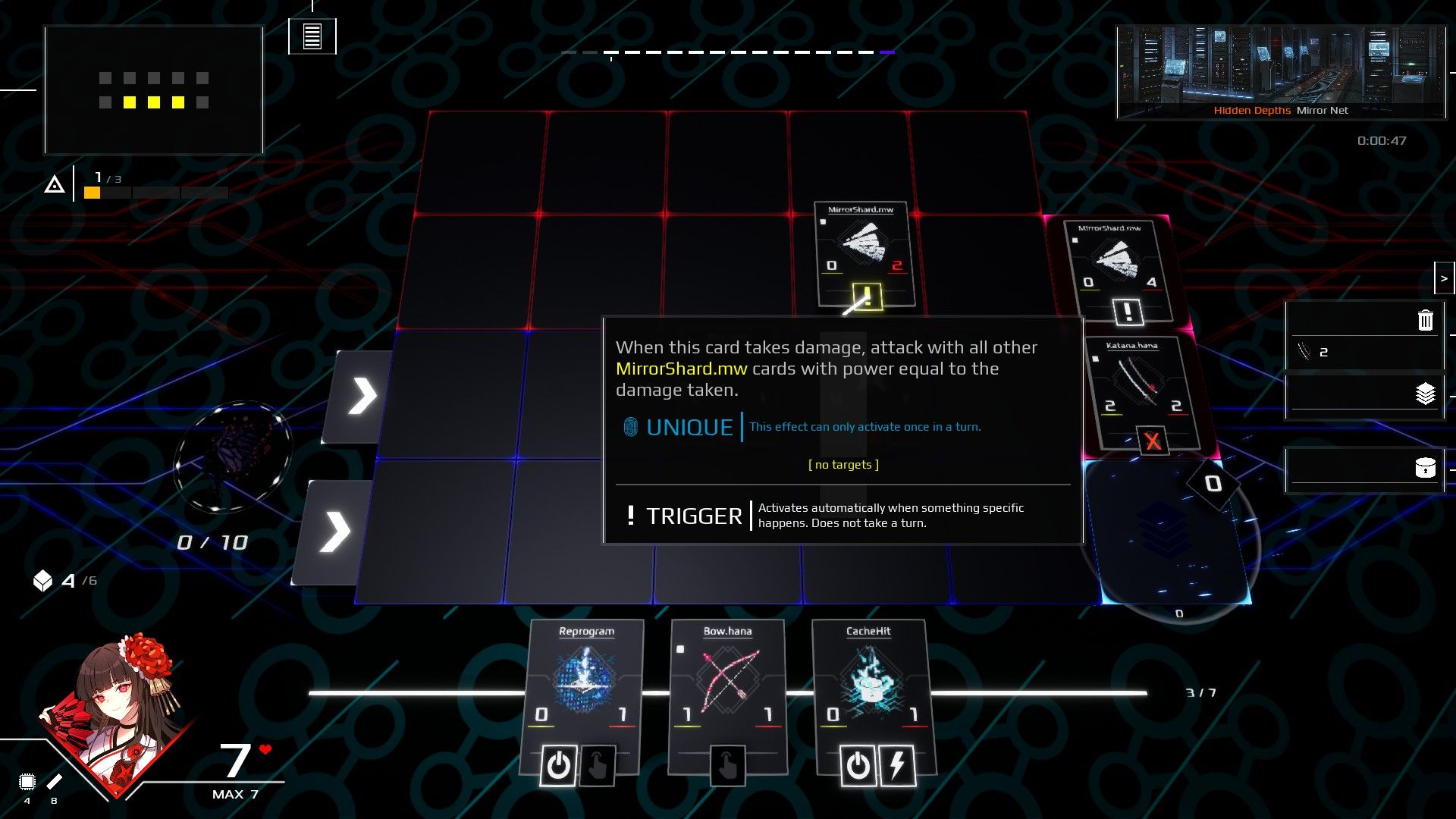
Cards can perform a variety of abilities related to their user. Some cards have an instant effect once played; others can be manually activated. There are other cards that are just there for their stats that they can use to block and attack enemy cards. When your deck is out of cards, you can use a special “reprogram” card to completely reset your deck and draw a new hand. This is important because this is where the roguelike nature of the game comes in.
As you defeat enemy cards, you’ll gain item boxes that have randomly chosen cards from that character’s deck style. For every three copies of a card, you can combine them into an upgraded card – increasing its base stats, improving its ability, or all of the above. You may only upgrade or change cards in your deck after using the reprogram card.
While the gameplay of Quantum Protocol is that of a roguelike, the overall game is not. The story is told linearly as you unlock different vignettes with the characters and move through the giant story grid from beginning to end. The one area where you do have control is repeating dungeons for each character deck to improve your “mastery.” At different mastery levels, you’ll unlock new cards and raise your chance of drawing better ones. Mastery is also required to unlock the story and more dungeons to clear.
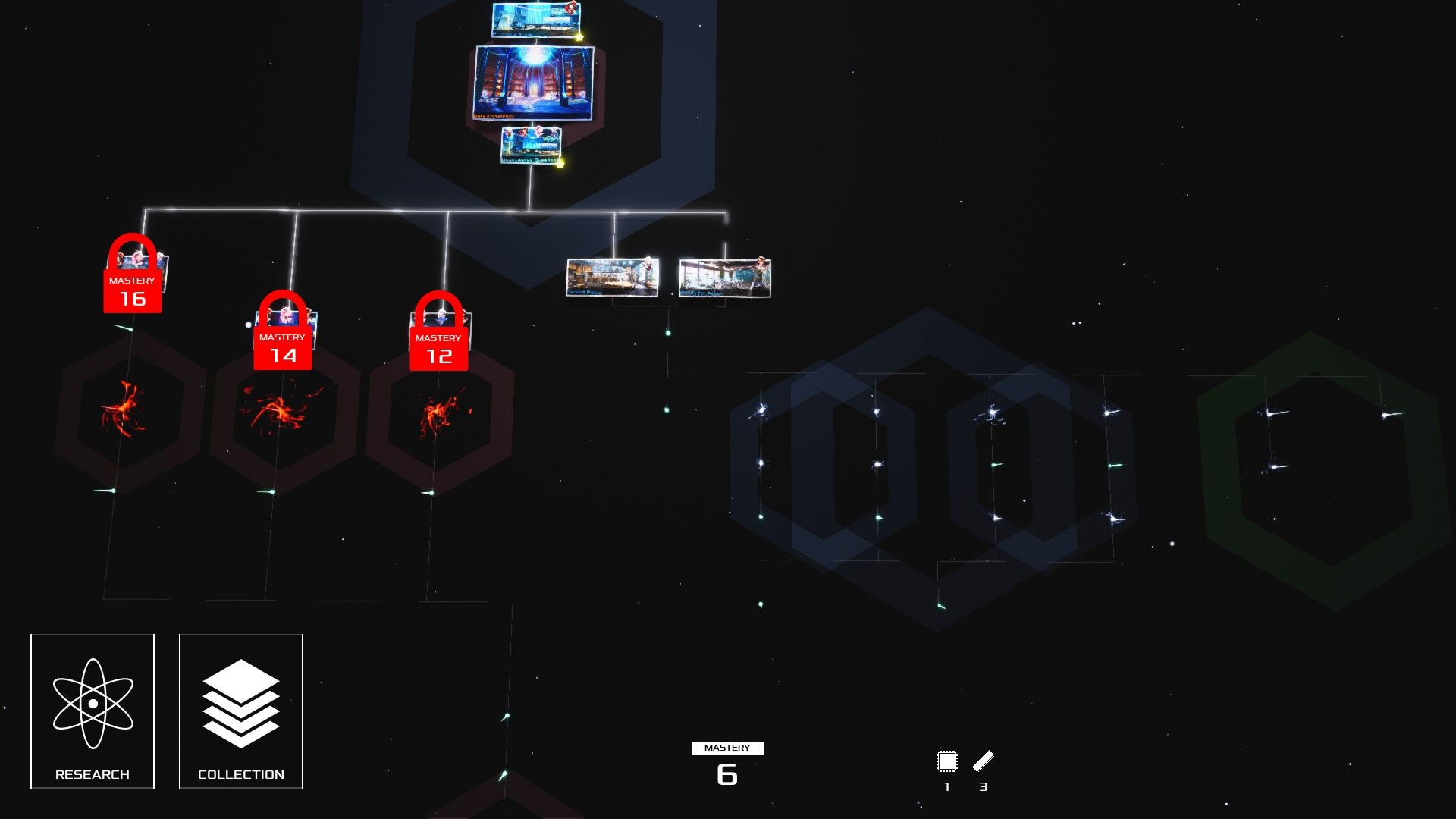
What I enjoy about Quantum Protocol is the advanced deck-building design on display. This is by no means an easy deck builder to learn, even with the developer patching in difficulty modifiers since launch. You have to essentially relearn the game for each character, as their cards all behave differently. One character, who is an idol, is all about manually releasing music-themed cards to buff or activate specific card abilities during a turn. Another uses chess-themed cards with no reprogram ability, whose “tutorial” can easily break your brain in terms of figuring out how to use her correctly. Not only that, but after one story event, each character gets their own “super card” that they can use during a run, and everyone gets multiple decks with even more differing card strategies between them. And I haven’t even mentioned the boss fights where you’ll need to learn how to deal with their own unique abilities and rules for fighting them.
All this sounds great, but it’s that time again in a Hidden Gems article – why is this game here? As of writing this, the game has less than 400 reviews on Steam for a two-year-old game. Playing it, there are several noticeable issues that I think led to the game not having a breakout success. The aesthetics don’t really scream “deck builder” from screenshots. You either have the visual novel sections that feature still portraits talking, or the wireframe UI style of the actual deck building. While the board is clean to look at, it doesn’t sell the game in the same way as have screenshots of Slay the Spire and other notable deck builders.
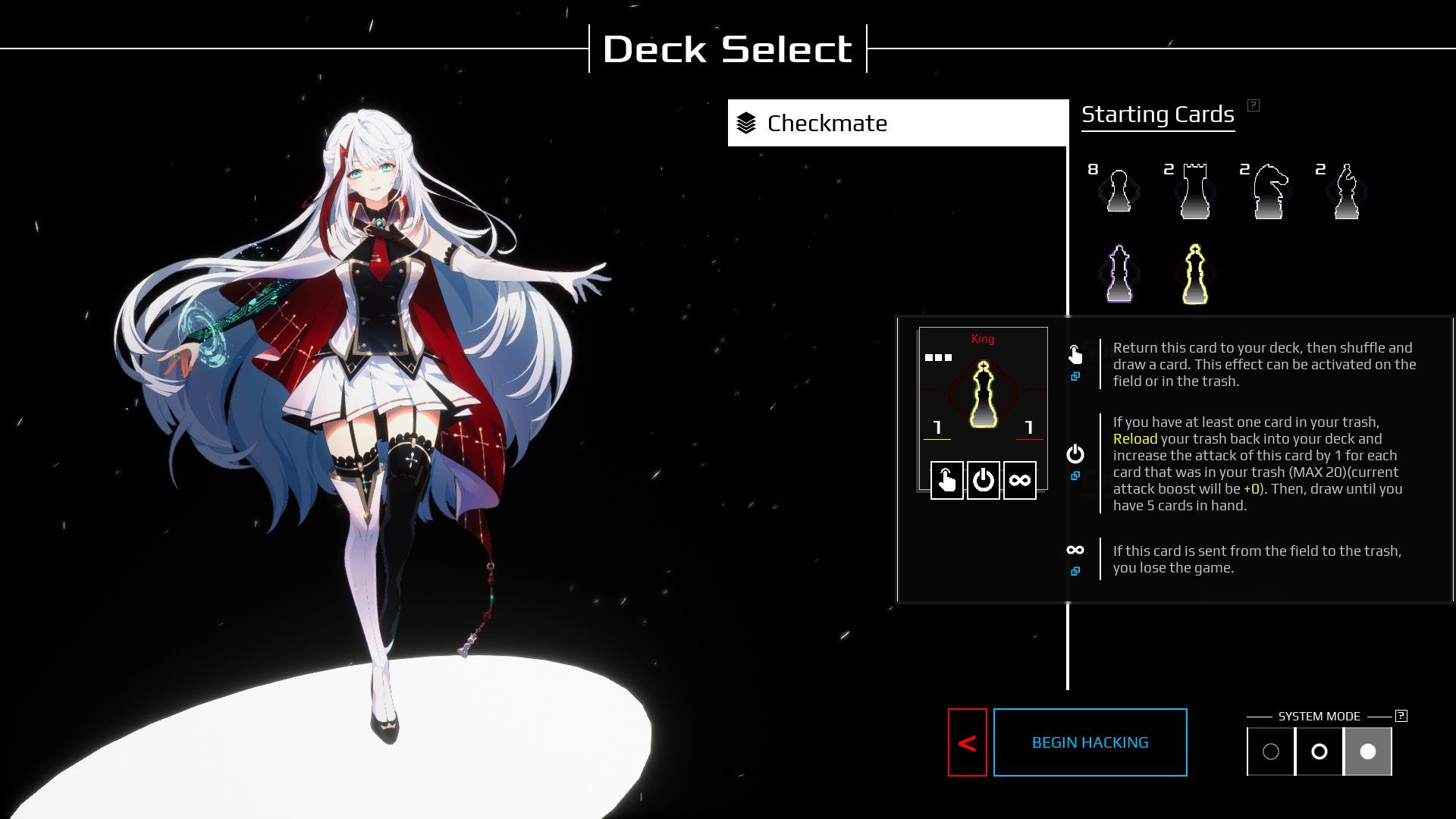
The pacing is a little slow as well. You’re going to have to sit through the visual novel side (or fast-forward) before you unlock the dungeons. The story is just okay, but not the main draw of playing. A similarly paced game, Library of Ruina, still comes out better because the story and setting are far more interesting to explore compared to Quantum Protocol.
The linear nature of the game means that you don’t have a lot of options to “level up” or try an alternate strategy if you get stuck. At most, you can try the dungeon with another character or get a few more mastery points to hopefully unlock better cards. The complexities of each character also add up to a higher-than-normal learning curve. You are also at the mercy of the boss fights, who will do random patterns during their battles as opposed to a fixed order seen in other deck builders. Bosses are designed to explicitly punish certain strategies, and if you don’t pay attention to the rules, you can easily suffer a one-turn defeat. I do appreciate the difficulty modifiers that were patched in, as some of the later dungeons can be very difficult to get through. Quantum Protocol is not the game to show someone who has never played a deck builder before, but it is perfect for people looking for something advanced that handles differently than any other game in the market.
Ben Cantrell
Demon Throttle (2021)
Demon Throttle is a vertical-scrolling arcade shoot ‘em up from Gunbrella developer Doinksoft and published by Devolver Digital. Exclusive to the Switch, the game is ‘hidden’ due to the nature of its release - physical only. As announced by Devolver during the game’s reveal in 2021, it will never be released on the eShop and the only way to play is by tracking down a physical copy. An initial run saw only 10,000 copies manufactured, each with a collector’s edition numbered box and instruction manual. However, the game did see a wider retail release in late 2022, which is how I was able to grab a physical copy.
So what’s the reward for those who manage to track down this hidden gem? Quite a lot actually, because Demon Throttle is a little bit special. The game channels those 80s-era vertical scrolling shooters that were a mainstay on the NES and 80s arcades. Think of Capcom’s hits 1942 or Gun.Smoke and you’ll be in the right ballpark. While the visuals and sound are starkly reminiscent of Reagan-era arcade classics, the gameplay and mechanics have been given a modern twist to ensure Demon Throttle is engaging for those firing it up on Switch.
So how exactly has Doinksoft given us a modern take? For starters, there’s a whole lot more happening at any given moment as dozens of enemies, explosions, and power-ups fly on screen in a sometimes dizzying amount of action. Much of the environment is destructible too, as the primary way of grabbing power-ups is to blast away entire hillsides in your path to reveal goodies beneath. Things descend into bullet hell pretty early on, and since there’s no way to shoot backward, players will have to be strategic in how they approach different situations. Do they take out the enemies hurling bombs, or blast away at the hillside to uncover more power-ups?
Demon Throttle is brutally difficult too and players will need to invest serious time and patience to succeed beyond the first world. This is good because the game only has four worlds, along with four optional dungeons that can be skipped on the first run. There are no continues or extra lives either, as once players die, it’s back to the beginning for a new start. Demon Throttle is not a rogue-lite though, as there’s no meta-progression at play here.
Players will power up during each run only, via some simple RPG levelling mechanics, and through collecting power-ups. The levelling system here is very basic, granting extra HP and weapon strength as players progress. There’s a large variety of power-ups to be gathered up too, from health boosts and extra bombs to spiked balls that spin around the player, defensive shields and speed boosts, among others. In single-player mode, both on-screen characters are controlled by the player who can hot-swap at any time, with ammunition, health, and levelling all handled separately. I didn’t get a chance to try out the couch co-op mode myself, but it does look like a blast.
The four levels in Demon Throttle are distinct, starting out in a green grassy area before moving to an ice level, a desert level, and finally the sprawling castle of the game’s final demonic boss. The bosses are actually a big highlight here as they’re not only varied in their visual style and attack patterns but also come with hilarious cutscenes full of wacky banter and oddball references. I won’t spoil it, but the final boss has one of the funniest features of any boss in the history of gaming - it’s worth persevering through the adventure just to get a look!
Many will recognise developer Doinksoft as the creator of ‘that other cat game’, the iconic 8-bit Metroidvania Gato Roboto. Granted, Demon Throttle doesn’t have the same narrative depth or longevity, but it does share some of Gato Roboto’s DNA, mainly in the punishing boss difficulty. Worth noting too is that some of the key artwork in Demon Throttle was done by legendary artist Guillaume Singelin who worked on Citizen Sleeper, among other projects.
For those who can find it, Demon Throttle is a real treat. This is a fun, challenging throwback to classic scrolling shoot ‘em ups of the 80s. It’s a hit of NES-era nostalgia with a modern twist, which takes players back to the aesthetics of the era, but retains the depth and strategy expected of modern titles. The game is full of secrets and mini-games, which along with the epic difficulty add further replayability. Even though it’s a short game, there’s quite a lot of mileage here, especially for completionists. Some difficulty options would be welcome, aside from the extra ‘hard mode’ which unlocks after a successful playthrough. For those who want an easier time seeing all the game has to offer, just Google ‘Doinksoft Code’ and you’ll find an old-school cheat code that awards maxed-out abilities and boosts - I didn’t use it at all, I swear!
Antony Terence
The Sting! (2001)
Meet Grand Theft Auto minus the auto.
Back in primary school, The Sting! put my tiny feet into the borrowed boots of Matt Tucker, a penniless thief fresh out of prison. You know what they say about burglary being like cycling. It’s muscle memory at this point for our goofy protagonist. This crime simulator from 2001 blends planning and resourcefulness inside an open world the way a game named Grand Theft Auto should. Once you scout out Fortune Hills’ possible burglary spots, it’s time to enter planning mode.
The Sting!’s wordy tutorial page forced me to learn on the job.
Good thing planning mode is safe from sanitized cop hands. The mode lets you carefully lay out actions and movements, complete with the ability to rewind time at will. While guards walk right through you in planning mode, they won’t be so kind once you switch into heist mode and put said plan into action. Being able to rewind and fix your mistakes tosses up euphoric gotcha moments akin to Max Payne’s bullet time and Forza Horizon’s rewind mechanics.
The Sting! throws the whole heist formula at you.
Patrols, security systems, locked doors, and safes, you know the drill. Switching into heist mode with a perfect plan doesn’t guarantee a smooth robbery. Guards could spot your tracks or the destruction you leave behind. Get caught and you’ll be sent back to the drawing board.
Matt Tucker isn’t alone, though. You’ll encounter plenty of tools across Fortune Hills, a shady city drowning in darkness and dimly lit sidewalks. I’m talking crowbars, skilled accomplices, and slick cars. You’ll be making plenty of taxi pitstops between the hardware shop, the bar, and the car dealership for the aforementioned tools. Each decision matters, right from the noise a tool makes to your accomplices’ proficiency at lifting loot.
The Sting! has a nice trick to limit your skills and ensure that you adopt accomplices.
While they need a cut of the pickings, accomplices offer skill levels that Matt simply cannot reach. Skills are built by practicing them but your criminal record gets worse with every skill you use, placing a hard cap on how skilled you can become. It’s a balancing act that more games should consider implementing. This makes accomplices a necessity, especially with alarms that have to be disabled at the same time. How you ask? By rewinding and switching characters, of course.
As for the darkness, I’ve got a spoiler for you.
The city’s sunlight is blocked out by a barrier, one you’ll be tasked with destroying. I wish I was making this up. One burglary after the other, your notoriety sends you knocking on the Ministry of Light’s front door.
I couldn’t rob my way out of a cloth bag as a kid so I didn’t quite finish The Sting!
Either way, I had a great time planning out robberies that went from a gas station all the way to banks and more loot-worthy levels. The satisfaction of watching your team sneaking past guards and disarming traps is one that I’ll never forget. Hidden loot meant these stages were replayable too. Sure, it had its fair share of bugs and glitches. But despite its rough edges, The Sting! remains the best burglary sim I’ve ever played.


